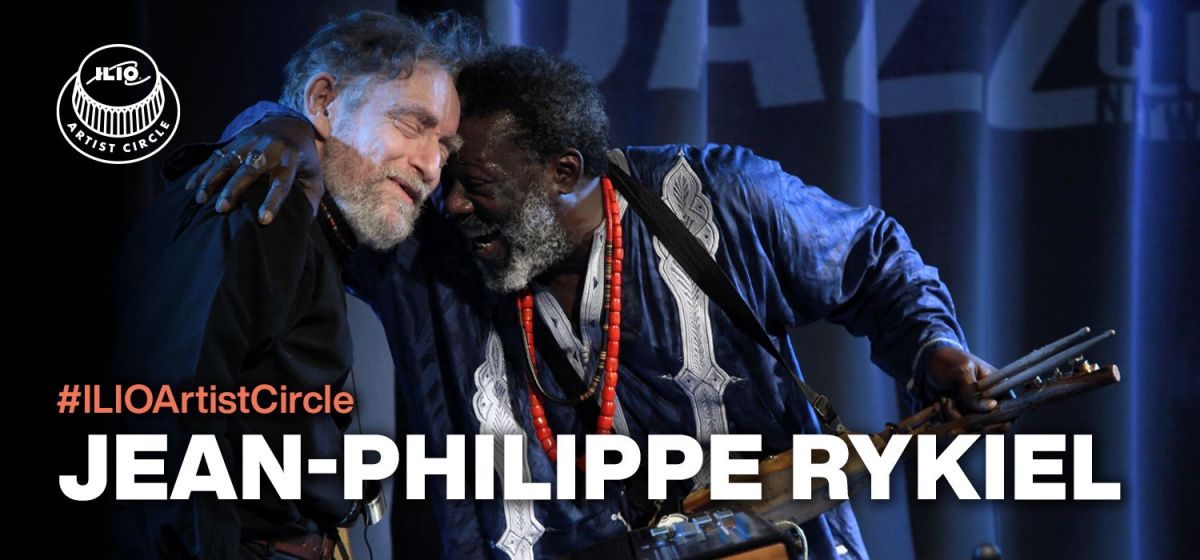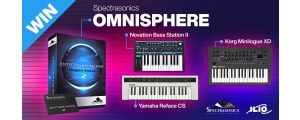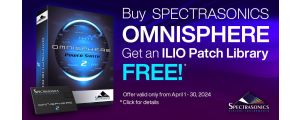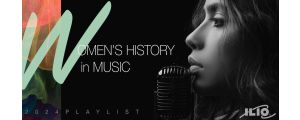French musician Jean-Philippe Rykiel is a highly diverse artist whose keyboard skills and synthesis chops have taken him on a very unique musical journey over his career. A close friend of musician/developer Andy Narell, he was recently introduced to Andy Narell Steel Pans — The Ellie Mannette Collection, and he shared his thoughts with us.
Jean-Philippe Rykiel layering synths with Andy Narell Steel Pans - The Ellie Mannette Collection
Pan Reaction
“I’ve known Andy for a long time, and I’ve played with him a few times,” Jean-Philippe shared. “He’s a musician I admire very much. As soon as the collection was released, he reached out and asked if I wanted to try them. I was mesmerized by the sound quality; they sound gorgeous”, he enthused. “And they felt so expressive to play… of course, Andy knows all the details of instruments, so it’s obvious that it came out so well. He’s such a master of the pans.”
“My next thought was, ‘Isn’t this going to put you out of a job?’ But Andy answered that he had just released an album where he played the software instrument instead of his real pans. ‘Why?’ I asked. He said, ‘Because it can do so much more than real pans.’ Listening to the record, I noticed that he was playing all these chords, which you can’t do on a pan drum — you only have two sticks to play with. And as I listened to him playing it like a piano, I realized what he meant. Incredible.”
He was playing all these chords like on a piano and I said, ‘Wow, that’s incredible!
Rykiel continues, “I mean, I've touched real pans a few times, I've tried to play them, but I was not very good at it. You really have to get used to the way notes are laid out. And it's not a very logical layout. But when I touched the instrument via my master keyboard, I instantly felt at home. I just wanted to play, and when you have an instrument at your fingertips that inspires you, the goal is already achieved. Because in the end, what you want to do is music.”

Diving Deeper
“I was so taken with the sound and expressivity that I didn’t really look at all the possibilities it offered,” Jean-Philippe recalled. “Although I did try some pitch bending because I come from a synthesizer background. Shortly thereafter, we got together to film a video, and he asked me to explore the sounds deeper and to try layering other sounds with the pans. I started thinking, ‘Well OK, what type of sounds would bring something more to the pans?’ The question I always ask myself when programming a synth is, ‘What is missing in the sound?’ Maybe missing isn’t the right word: what is missing in a piano sound? Nothing is missing — a piano is just a piano, a pan is just a pan. But what can I add to the sound that would give it a nice character; something that it currently doesn’t have? Maybe it’s an attack characteristic, or adding something to the body to help it sustain more. Maybe tuning it in fifths, or treating it with some effects processing. We had fun finding sounds that matched well, and that really expanded the possibilities. I just trusted my intuition because I’ve been sound designing for years.”
What can I add to the sound that would give it a nice character; something that it currently doesn’t have?
“That's what I like about synthesizers, and I've been playing them for 40 years now. Synthesizers have, for me, two goals: One is to create never heard sounds. And the other is when they can be used to go beyond the physical capabilities of the instruments they have sampled.”
Jean-Philippe Rykiel performing "Learycs" live SynthFest France 2018
A Bit of Background
So who is Jean-Philippe Rykiel? A self-taught musician who has been blind since birth, Jean-Philippe does not hew to trends and has largely missed out on the usual press coverage and social media presence of other well-known synth artists. But he has achieved a lot during his career of four-plus decades. After some exposure to classical music and piano lessons, he migrated to electronic instruments, and mentions many of the same artistic influences as others of his generation: from Thelonius Monk to Frank Zappa, from Weather Report to Vangelis.
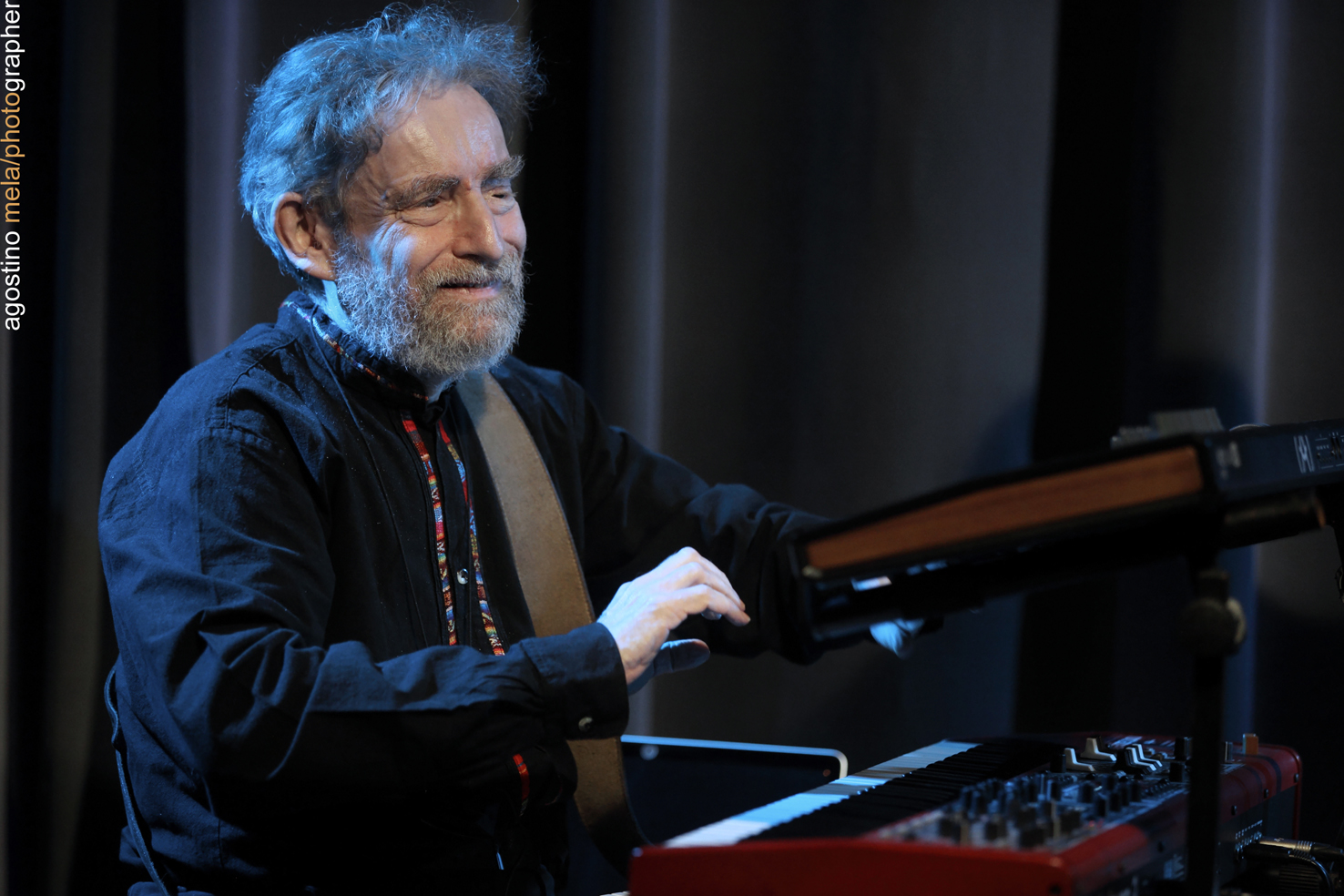
When a number of his peers came back from the 1984 Musik Messe exhibition raving about a new synthesizer from Yamaha that was a game-changer, he quickly decided to add it to his rig then consisting of a Minimoog, a Prophet 5, and other analog instruments. Learning to program the DX7 was difficult for most of the general public: as a blind person, one would think it was near impossible. But Rykiel studied the manual and experimented incessantly, teaching himself to truly master the synth. As he relates on his website, “I started to program sounds without really knowing what I was doing, despite reading the manual. There was quite a bit of uncertainty at the start. For example, my Superbass sound, which had won a Yamaha programming contest in 1985, was the result of a search for saxophone sound! Starting from the position of resetting all parameters to zero (which we called ‘Voice Init’) as I always did, I had ended up with this improbable timbre, which I liked very much. So I decided to leave it alone and work on the envelopes to get a real bass attack.”
We just played our instruments and communication was established.
His programming chops continued to develop to the point that he usually brought mostly custom sounds to the sessions he was on. He later learned that the DX7 sounds that he created and used on a session for African musician Youssou N’Dour during the breakdown in the 1985 song “Nelson Mandela” led to the modernization of a style of Senegalese music called Mbalax. For decades, African musicians have used the DX7 loaded with Rykiel’s kora, balafon, and marimba sounds to perform with. Habib Faye, the bass player and musical director of the band, told Jean-Philippe: “And you have a good share of responsibility in this because if today we talk about Senegalese music, it is thanks to you, your sounds, and the creative work we have done together.”
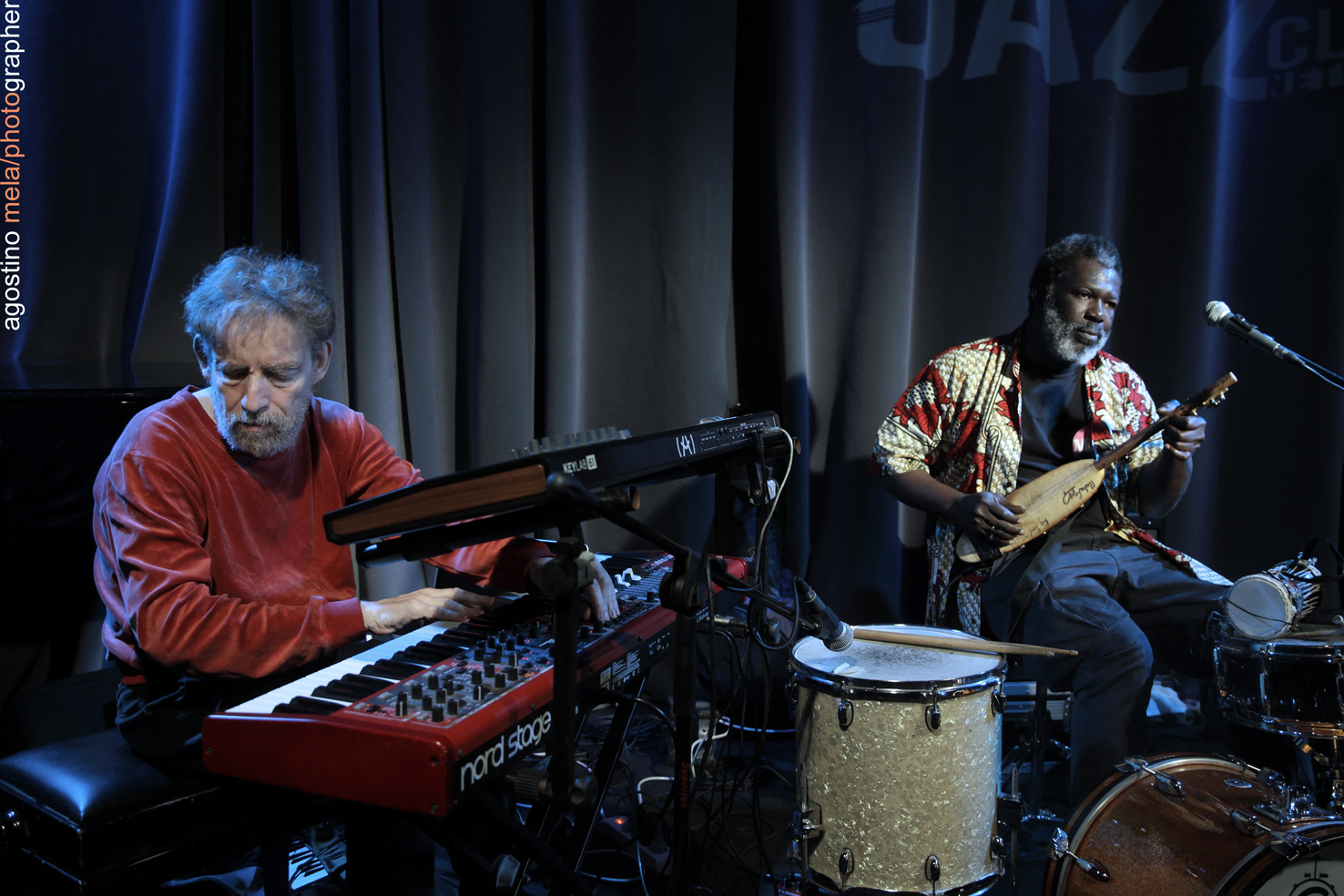
African music is a specialty for Jean-Philippe, and he has recorded and performed with many of the greats from those cultures, including the aforementioned Youssou N’Dour, Salif Keita, Baba Sissoko, Adama Bilorou Dembele, and Lansine Kouyate. He shared what makes these collaborations so special for him: “I've met so many great African artists and some traditional musicians who are not known here, and one of the most magical things I've experienced is to be able to communicate with someone who doesn't speak my language and whose language I don't speak. We just played our instruments and communication was established. People could see the smiles on our faces and it was really fantastic.”
But his oeuvre is diverse and also includes recordings with Jon and Vangelis, Leonard Cohen, Jon Hassell, and Steve Hillage.
Nelson Mandela by Youssou N’Dour, featuring Jean-Philippe Rykiel on a Yamaha DX7
Finding His Voice
A special instrument Jean-Philippe often plays in concert and recordings is the vintage Yamaha CS-01 analog mini synth, using a breath controller. He recounts that it long ago became his ‘voice,’ offering, “I owe this instrument magical moments, with known musicians as well as unknown, and on three continents.”
Jean-Philippe Rykiel on his Yamaha CS-01 performing with Lansiné Kouyaté and Loy Ehrlich
Speaking of voices, Rykiel has recorded a couple of albums accompanying a Burmese monk, Lama Gyurme, which have gone on to great acclaim. One was even released on Peter Gabriel’s Real World label, after Gabriel heard a vocal and piano version of one tune, which motivated him to offer them a record deal on the spot, as long as they included that duet.
For more info on Jean-Philippe Rykiel, visit here.

